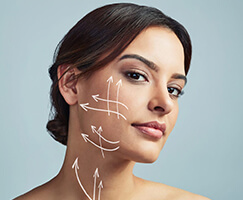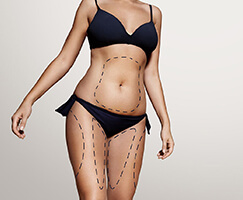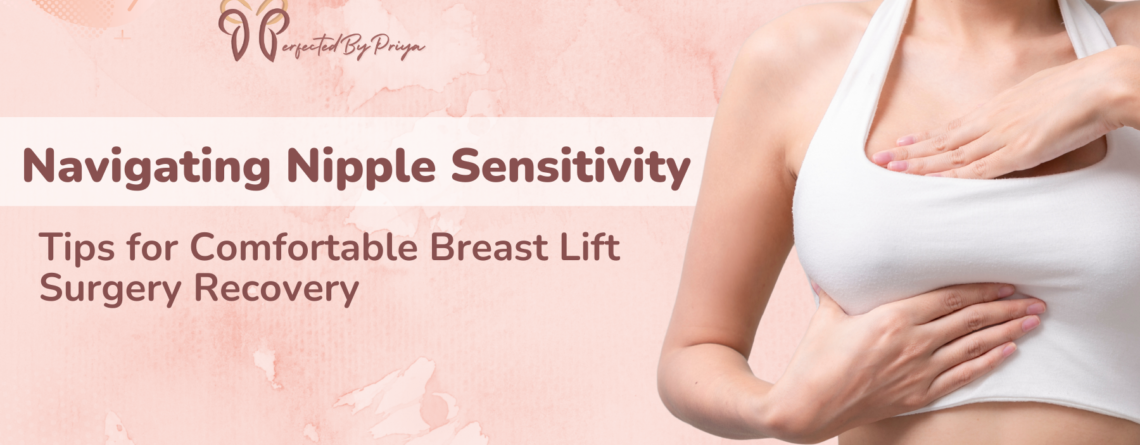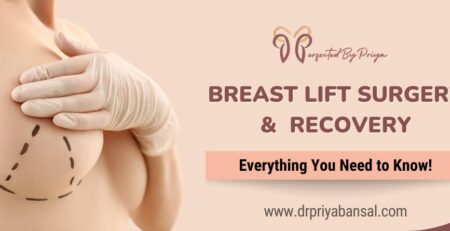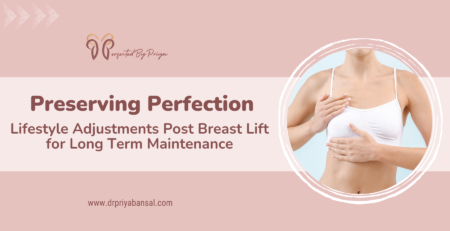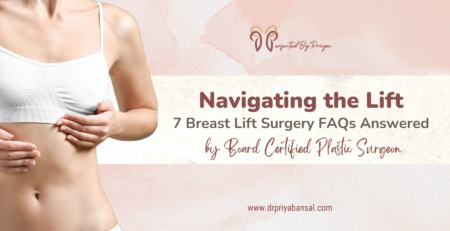Navigating Nipple Sensitivity: Tips for Comfortable Breast Lift Surgery Recovery
Nipple sensitivity is a common aspect of breast lift surgery recovery that requires careful consideration. In this blog, we will explore key tips to navigate nipple sensitivity, ensuring a comfortable and successful recovery process. First, let us understand nipple sensitivity after breast lift surgery.
Experiencing changes in nipple sensation after breast lift surgery such as heightened sensitivity, numbness, or temporary discomfort is normal. These variations are typically a result of surgical interventions and should gradually improve over time.
Every individual heals differently, and the extent of nipple sensitivity can vary. Factors such as the surgical technique used, individual pain thresholds, and overall health contribute to the healing process. Patience and understanding of these variations are crucial during recovery.
Tips for Navigating Nipple Sensitivity After Breast Lift Surgery
1. Follow Postoperative Guidelines:
To start with, adhere to the basic postoperative guidelines. This includes prescribed medications, activity restrictions, and caring for the incision sites. Following these instructions promotes optimal healing and minimises potential complications.
2. Gentle Cleaning and Hygiene:
Maintain proper hygiene around the breast area without causing undue friction or pressure on the nipples. Use a mild, fragrance-free soap and avoid abrasive materials to minimise irritation.
3. Avoiding Hot Showers:
While maintaining hygiene is crucial, opt for lukewarm or cool showers rather than hot ones. Hot water can potentially increase sensitivity and discomfort around the nipples.
4. Avoid Stimulating Activities:
Refrain from activities that may overly stimulate or irritate the nipples during the early stages of recovery. This includes avoiding direct contact or excessive friction, which can contribute to heightened sensitivity.
5. Stay Hydrated and Maintain Nutrition:
Proper hydration and a well-balanced diet support overall healing. Adequate water intake and nutrient-rich foods contribute to the body’s recovery process, including the healing of nerves and tissues around the nipples.
6. Nipple Shields or Silicone Covers:
Consider using nipple shields or silicone covers recommended by your surgeon. These can provide an extra layer of protection and reduce direct friction, offering relief during the early stages of recovery.
7. Anti-Inflammatory Diet:
Include anti-inflammatory foods in your diet, such as fatty fish, leafy greens, and berries. These foods may help reduce inflammation in the body, potentially contributing to a more comfortable recovery.
8. Silk or Satin Clothing:
Opt for clothing made from silk or satin materials. These fabrics are smoother and may cause less friction, reducing potential irritation to the sensitive nipple area. Also, steer clear of underwire bras during the initial stages of recovery. Opt for soft, wireless bras to minimise pressure on the breasts and nipples while providing adequate support.
9. Use Cold Compresses for Discomfort:
If discomfort or heightened sensitivity occurs, consider using cold compresses wrapped in a soft cloth to provide relief. Ensure that the compress is not too cold and use it for short intervals to avoid potential skin damage.
10. Mindful Sleeping Positions:
Opt for sleeping positions that minimise pressure on the breasts and nipples. Back sleeping or using supportive pillows can contribute to a more comfortable sleep without compromising the healing process.
In conclusion, experiencing nipple sensitivity is a normal aspect of breast lift recovery, varying among individuals. While most sensations improve with time, any unusual changes should be promptly addressed. If you want to know more about breast lift surgery do consult Dr. Priya Bansal, a board-certified plastic surgeon in Delhi, who offers expert guidance. Connecting with her ensures personalised care, fostering a smooth recovery journey and optimal postoperative comfort.
